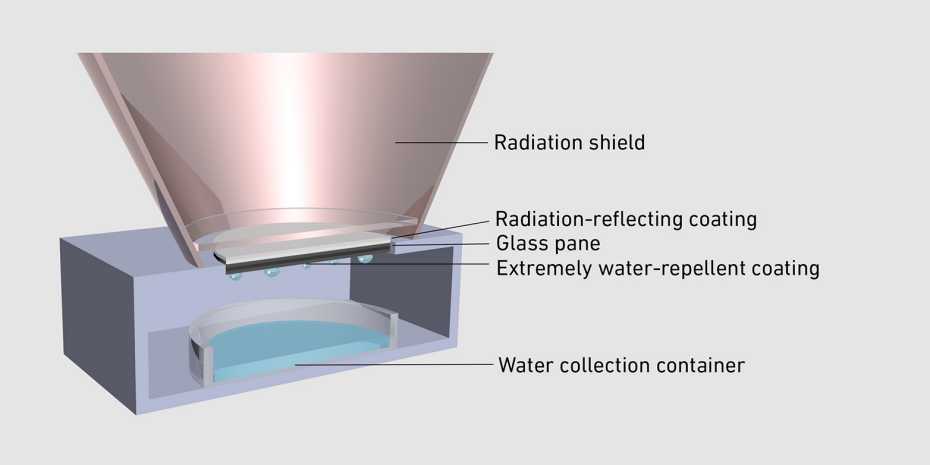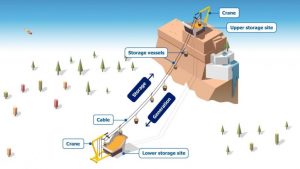“In summer, weights are transported up the mountain and left in the valley in winter, and the photovoltaic energy of summer is available in dark winter.” Bill Gates explained his investment in lift or gravitational energy storage technology in a similar way.
Batteries are getting cheaper and cheaper and will soon offer a cheap, short-term solution for storing energy for daily energy needs.
However, the long-term storage capacity of batteries, for example in an annual cycle, is not economically viable.
Although Pump Hydro Storage Technologies (PHS) is an economically viable choice for long-term energy storage with large capacities of more than 50 megawatts (MW) –
For locations where the energy storage requirements are often below 20 MW and have monthly or seasonal requirements, such as small islands and remote locations, this becomes expensive.
The research institute IIASA came up with a new investigation of the mechanical seasonal storage solution with sand and gravel in remote locations as part of larger off-grids or microgrids. The idea is as old as mining with cable cars.
With more fluctuating renewable energies going online, we will see more solutions like the Berg Gravitational Energy Storage. Perhaps we will see hundreds of ski lifts with a new summer purpose: store energy on peaks with gravel, sand or old concrete blocks and thus enable a completely solar-powered leisure activity even in the dark winter. On Energieblogger I have some weight to kwh calculator to calculate or to estimate lift costs.
Elevator: Electric Power per Person and Meter. And how much energy do I need as person to climbing the stairs.
Dalculate Kwh to height
Masse(kg) of the Elevator
g = 9,81 m/s²:
Height of the Elevator
kWh Usage
Usage in kWh
Lageenergie in J – Ws – Nm![]()


